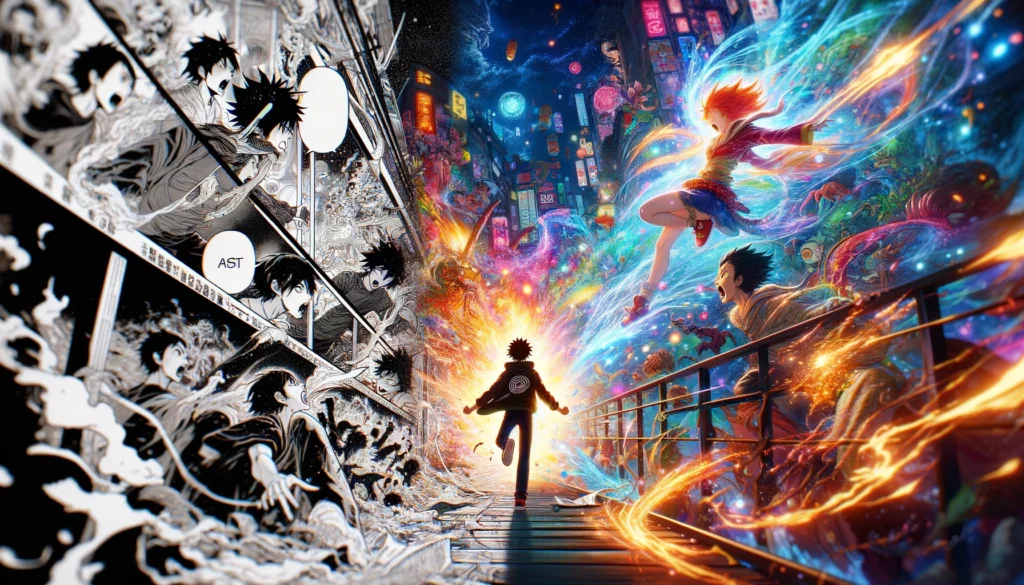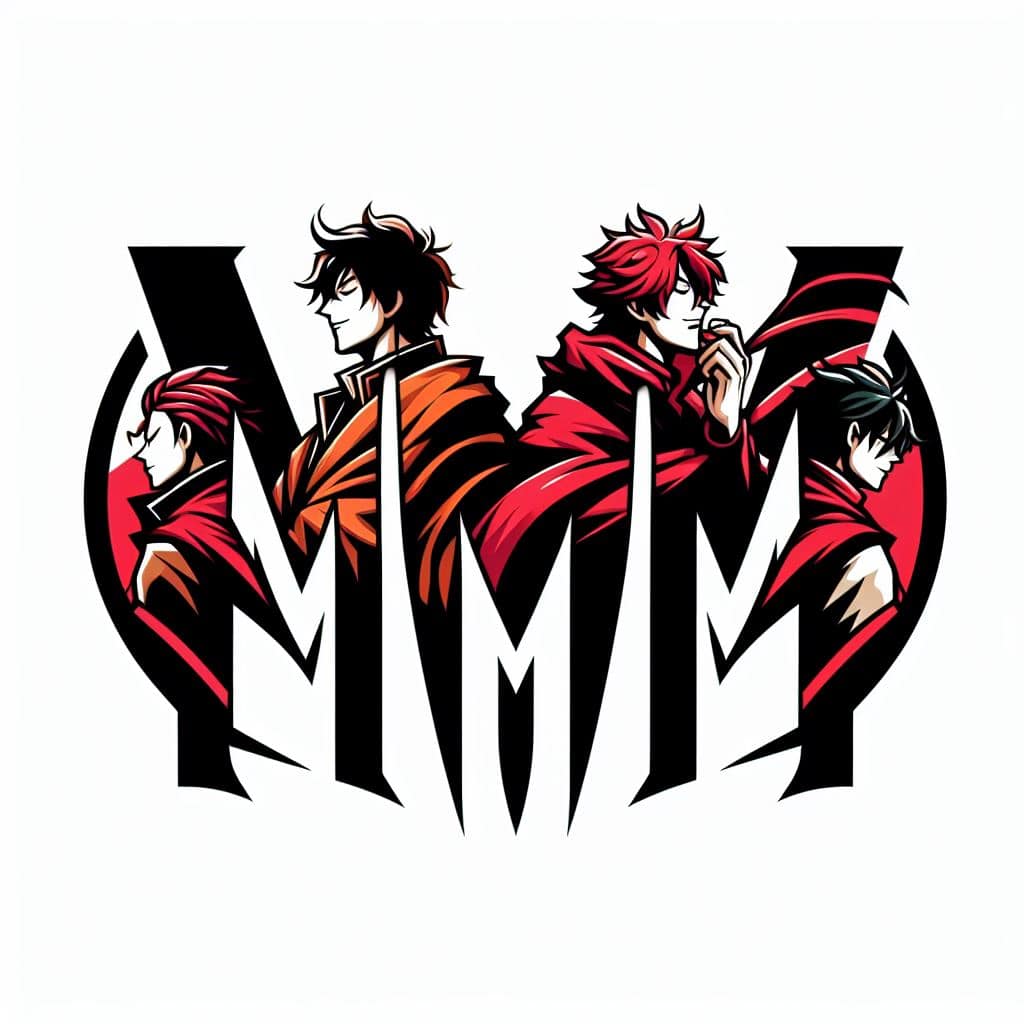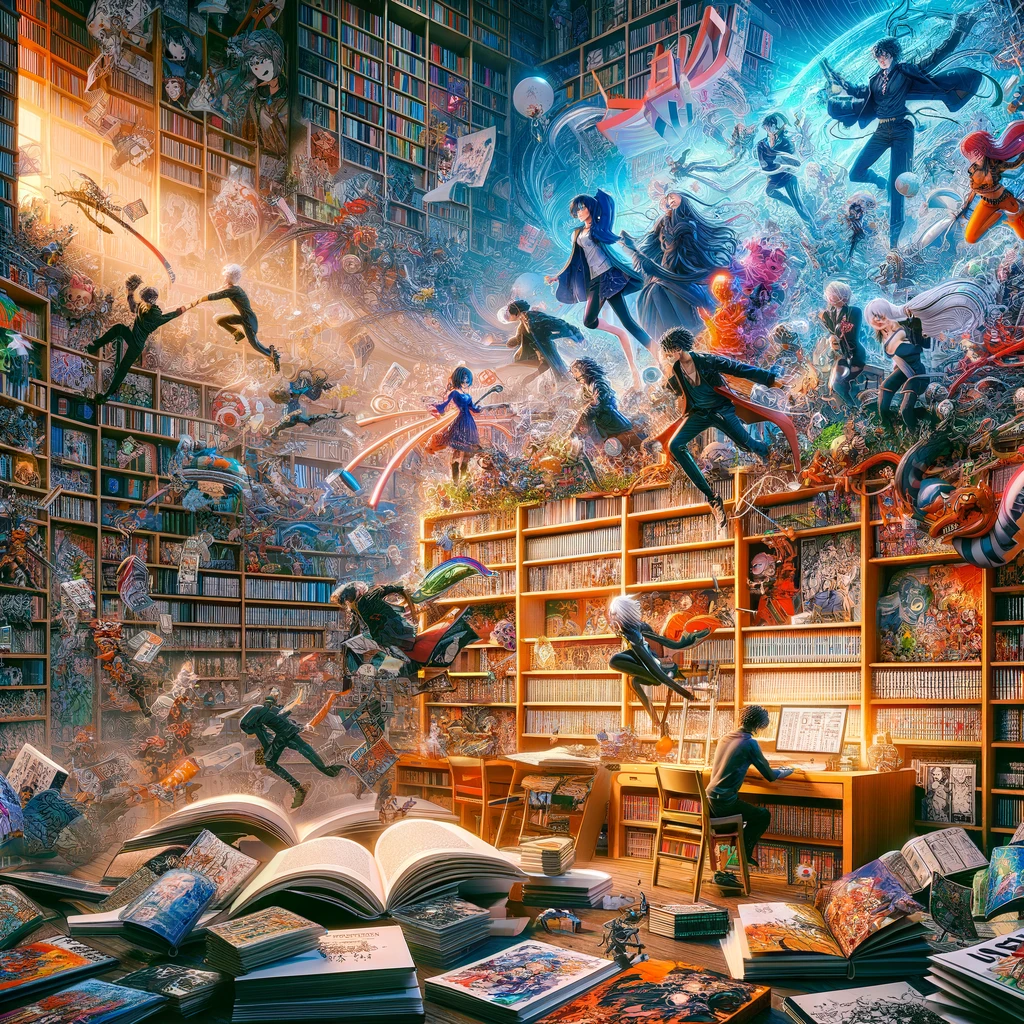Introduction to Asian Comics
Welcome to the colorful world of Asian comics! We’re going to explore Manhwa, Manhua, and Manga. These are not just comics; they tell stories from Asia in unique ways. This post will help you understand where they came from, what makes them different, and why they are so important in their countries and around the world. Get ready to discover what makes these comics special, whether you’re already a fan or just getting started.
Understanding the Basics: Asian Manhwa, Manhua, and Manga
What are Manhwa, Manhua, and Manga?
Manhwa refers to Korean comics, Manhua to Chinese comics, and Manga to Japanese comics. Each style is unique, reflecting the culture and history of its country. They offer a window into different worlds, filled with vivid stories and characters.
Origins and Historical Development
Chinese Manhua
Early 20th Century Beginnings in China
Manhua began in China in the early 1900s. It was a time of big changes and challenges in China. Manhua artists used their comics to share stories and ideas about what was happening in their country. These early comics were a way for people to express themselves during tough times.
Modern-day Manhua and Its Cultural Impact
Nowadays, Manhua is more than just a comic style; it’s a key part of Chinese culture. Modern Manhua tells all kinds of stories, from traditional Chinese tales to new, imaginative adventures. This has helped Manhua make a big impact, not just in China, but around the world.
Korean Manhwa
Historical Roots in Korea
Manhwa has its roots in South Korea. It started after the Korean War, during a time of great change. In these early days, Manhwa artists began telling stories about Korean life and history. This was how Manhwa started to become a unique part of Korean culture.
Contemporary Manhwa and Its Global Reach
Today, Manhwa has gone global. Thanks to the internet, people everywhere can enjoy these Korean comics. They’re now available as webtoons, which are easy to read on phones and tablets. This digital form has made Manhwa more popular than ever, reaching audiences far beyond Korea.
Japanese Manga
Origin in Japan
Manga began in Japan many years ago. It started as simple drawings and sketches. Over time, these turned into the detailed stories we see in today’s Manga. These early comics reflected Japanese life, culture, and humor.
Evolution into a Major Cultural Phenomenon
Manga didn’t stay just in Japan. It grew into a big cultural trend. Now, people all over the world read Manga. Many popular Manga stories have even become TV shows and movies, known as anime. This has made Japanese Manga one of the most loved comic styles globally.
Artistic Styles and Differences

Manga: Japanese Artistic Nuances
Manga’s art is a key part of its charm. It’s known for its detailed and expressive style. Characters in Manga often have large, expressive eyes and distinctive hairstyles, which make them instantly recognizable. The backgrounds are usually detailed, helping to set the scene and mood. This style gives Manga a unique look that’s both artistic and captivating, reflecting the creativity and tradition of Japanese art.
Manhwa: Korean Realistic and Contemporary Art
Manhwa stands out for its realistic and modern art style. The characters in Manhwa look lifelike, with natural proportions and realistic features. This style reflects contemporary Korean art, blending traditional techniques with modern trends. The colors in Manhwa are often bright and vivid, making the stories visually striking. This approach to art makes Manhwa relatable and appealing, especially to a young, modern audience.
Manhua: Chinese Traditional and Stylized Artwork
Manhua showcases the rich heritage of Chinese art. It often includes traditional elements and stylized artwork, creating a unique and culturally rich visual experience. The characters in Manhua may have exaggerated expressions and movements, which add to the storytelling. The use of color and brush techniques often reflects traditional Chinese painting, giving Manhua a distinctive and elegant look. This style makes Manhua not just a comic form, but also a celebration of Chinese artistic traditions.
The Reading Experience: Formats and Directionality
Manga’s Traditional Right-to-Left Format
Manga is traditionally read from right to left. This might feel different at first if you’re used to reading left to right. But this style is a key part of Manga’s charm. It keeps the Japanese reading experience authentic, making Manga unique.
Manhwa’s Adaptation to Digital Platforms and Webtoons
Manhwa has embraced the digital world. Now, many Manhwa comics are webtoons, read by scrolling down on a screen. This change makes reading Manhwa easy and fun, especially on mobile devices. It’s a modern twist that has brought Korean stories to a global audience.
Manhua’s Unique Presentation Styles
Manhua offers a mix of traditional and modern styles. While some Manhua sticks to the classic comic book format, others are exploring new ways to tell stories. This variety makes Manhua a versatile and interesting comic form, offering something for everyone.
Cultural Significance in Japan: Manga’s Impact
Manga as a Reflection of Japanese Culture
Manga is a mirror of Japanese society and culture. It includes everything from daily life to fantasy worlds. Through Manga, readers get a glimpse of Japan’s traditions, values, and modern life, making it a rich cultural experience.
Influence on Global Pop Culture
Manga has left a big mark on global pop culture. Its stories and characters have influenced movies, fashion, and even language. Manga’s popularity has spread far beyond Japan, highlighted by diverse stories like those featuring Indonesian characters, making it a major player in the world of entertainment.
Manhwa’s Role in Korean Society
Historical and Modern Cultural Impact in Korea
Manhwa tells Korea’s story, both past and present. It started as a way to share Korean experiences and has grown into a key part of Korean culture. Today, Manhwa helps people understand both the history and the modern life of Korea.
International Influence and Adaptations
Manhwa has gone international, with its stories reaching people all around the world. It’s not just comics anymore; many Manhwa stories have been turned into TV shows and movies, sharing Korean culture globally.
Manhua’s Cultural Role in China
Reflecting Chinese History and Society
Manhua is a window into China’s history and society. These comics have been used to tell stories about China’s past and present, sharing Chinese experiences and viewpoints with readers.
The Rise of Digital Manhua
Digital Manhua is on the rise. This new form makes it easy for people everywhere to enjoy Chinese stories. As Manhua goes digital, it’s reaching more readers and having a bigger impact than ever before.
Adaptations and Cross-Media Influence

Manga to Anime: A Seamless Transition
Many Manga stories have become anime, moving from comic books to TV screens smoothly. This transition has made Manga even more popular, as people enjoy watching their favorite stories come to life.
Manhwa Adaptations in TV and Movies
Manhwa is not just on paper anymore. Some of the best Manhwa have been turned into TV shows and movies. This brings Korean stories to a wider audience, sharing the beauty of Manhwa with the world.
Manhua’s Influence on Animation
Manhua has started to influence animation. With its unique stories and art, Manhua is inspiring new types of animated shows and movies, adding to the richness of global entertainment.
Cultural Significance and Impact
Manga’s Worldwide Influence
Manga has transcended its Japanese origins to become a global phenomenon, influencing popular culture and spawning countless adaptations.
Manhwa: Korea’s Digital Comic Revolution
Manhwa has adapted to the digital era, gaining popularity as webtoons and reflecting contemporary Korean society.
Manhua: Preserving Chinese Folklore and Mythology
Manhua’s unique genres, like Wuxia and Xianxia, offer insights into Chinese folklore and traditions, sharing its rich heritage with a global audience.
Unique Genres and Storytelling Techniques
Each comic style has developed unique genres and storytelling techniques, adding to their allure.
Exploring Manga’s Varied Genres
Manga covers many story types. Shounen manga is full of action and adventure, while Shoujo manga is about romance. Seinen and Josei manga are for adults, with deeper stories. Each type has something special for different readers.
The Unique Appeal of Manhwa
Manhwa has embraced the digital age. You can find many Manhwa comics online as webtoons. This makes them perfect for reading on the go. Manhwa stories often reflect what’s happening in Korea today, giving readers a peek into Korean culture.
The Rich Narrative World of Manhua
Manhua is known for its Wuxia and Xianxia genres. Wuxia is about martial arts heroes, while Xianxia includes magic and fantasy. These stories are exciting and also teach us about Chinese traditions and myths.
Conclusion
In the end, Manhwa, Manhua, and Manga offer more than just stories. They open doors to the rich cultures of South Korea, China, and Japan. Each one has its own way of telling stories, inviting us to dive into their amazing worlds.


Leave a Reply